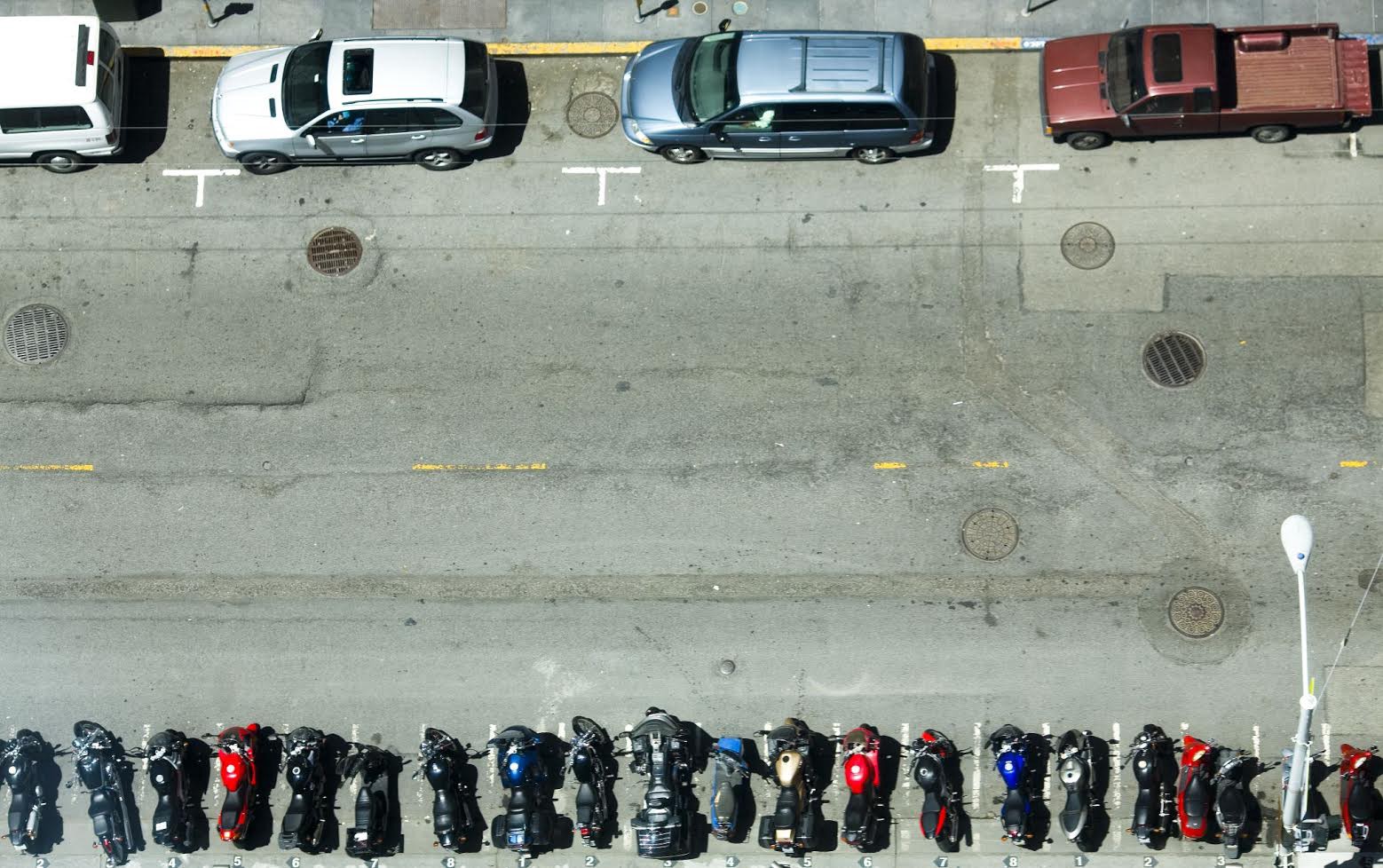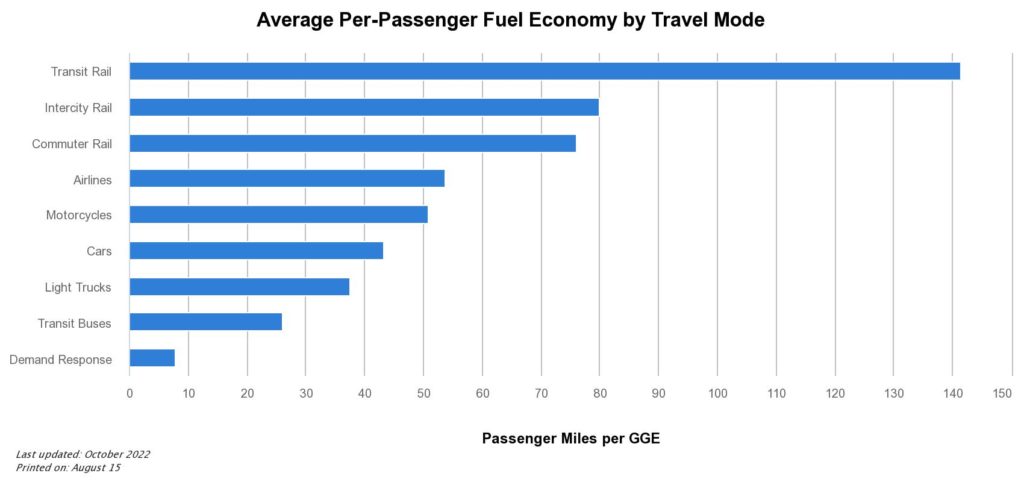
We’re Part of the Solution!
Please continue reading to learn more about the proven benefits motorcycles and scooters can provide for all New Yorkers.

Congestion Reducing
Motorcycles Take Up Far Less Space
Motor scooters and motorcycles take up a fraction of the space of a typical auto in traffic. Our vehicles occupy an even smaller space while parked. As many as six two-wheeled vehicles can park in one spot normally reserved for a car.

Low Impact
Motorcycles Do Not Wear Out NYC Infrastructure
Two wheeled vehicles produce a negligible level of wear and tear on roads and infrastructure, especially when compared to commercial vehicles. According to the EPA, a compact car weighs about 3,000 lbs on average. A smaller motorbike may weigh as little as 200 lbs, and yet it could be charged as much as $23 under all scenarios proposed by the MTA.

High Efficiency
Motorcycles Are Fuel Efficient Alternative Transportation
According to the FHA, on average motorcycles are nearly twice as fuel efficient as cars, with an even more lopsided advantage over SUVs and vans. Some smaller motorcycles achieve as much as 188mpg, compared with light vans which average 17.5mpg according to the FHA.

Proven Examples
Other Cities Exempt Motorcycles From Congestion Charges
Motor scooters and motorcycles are recognized all over the world as fuel efficient, congestion reducing alternative transportation. Why would NYC decline to utilize one of London’s more potent congestion reduction tools, which is to deliberately incentivize the smallest possible vehicles? Motorbikes are granted a 100% exemption from congestion based tolling in London, the model city for NYC’s congestion pricing plan.
The Data
Despite the tremendous size and weight differences between autos and motorcycles, the MTA has requested that fuel efficient, congestion reducing motorcycles would be required to pay the exact same toll as an SUV or a commercial van under upcoming congestion pricing toll regulations. That could amount to as much as $23 per trip for vehicles which may weigh less than an adult man, and may achieve as much as 188mpg. Motorcycles often weigh less than 1/6th of an economy car, take up 1/6th the space while parked, and similarly occupy a fraction of the space in traffic.
The first TMRB meeting on July 19th featured MTA officials charging the members of the Board with setting variable toll rates for trucks and other commercial vehicles. The MTA reminded the Board that trucks occupy more space and create more congestion, and they’re far heavier than other vehicles, therefore causing more wear and tear on NYC infrastructure, so their toll rate should be higher. There has been no similar discussion of lower rates for two wheeled vehicles which are far smaller and barely wear on NYC infrastructure due to their minuscule weight. This makes no sense and is profoundly unfair to New Yorkers who rely on economical two wheeled vehicles for transportation.
Sam Schwartz’s NYC study shows tremendous benefits of incentivizing powered two-wheeled vehicles
In 2008 Sam Schwartz, leading transportation engineer and former NYC Traffic Commissioner, weighed in on the congestion reducing properties of our small, lightweight vehicles. He found that a relatively small mode shift away from autos and towards two wheeled vehicles would have an outsize impact reducing traffic in NYC. (It’s important to note that there’s no legal distinction between any two wheeled vehicle manufactured with the capacity to exceed 30mph. All are classed as motorcycles in NY State and have similar congestion reduction properties.)
Schwartz’s study determined that by shifting the daytime vehicle mix to 80 percent cars/20 percent motor scooters, the following would result annually:
- Total decrease in delay of more than 4.6 million hours per year which translates to time savings of nearly 100 working hours per person.
- A reduction in carbon dioxide (CO2) emissions by over 26,000 tons (52,000,000-pounds) per year
- A decrease in fuel consumption by over 2.5 million gallons per year
- A total savings for New York City of more than $122 million per year in fuel and labor productivity.
Motorcycles are an affordable transportation option for working class New Yorkers
Two-wheeled vehicles often cost a small fraction of owning and maintaining a car. It’s understood in all other parts of the world that small, relatively cheap two wheeled vehicles are vital transportation alternatives for environmental justice populations and can be a key to holding a job for those who have been forced to the margins in transportation deserts by rising NYC rents.
According to the above 2015 NYU/ Rudin Center study, “Rents rise with access to transit. Cars compensate for low transit access.” Those presumptive car drivers, many of whom are low income minorities, may already rely on two wheeled vehicles due to their convenience and lower cost. New Yorkers who use the smallest, cheapest, most fuel efficient vehicle available should not be charged the same rate as a commercial van!
